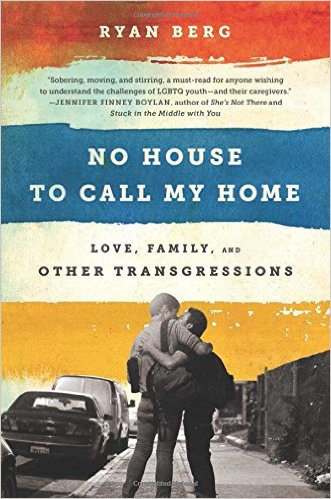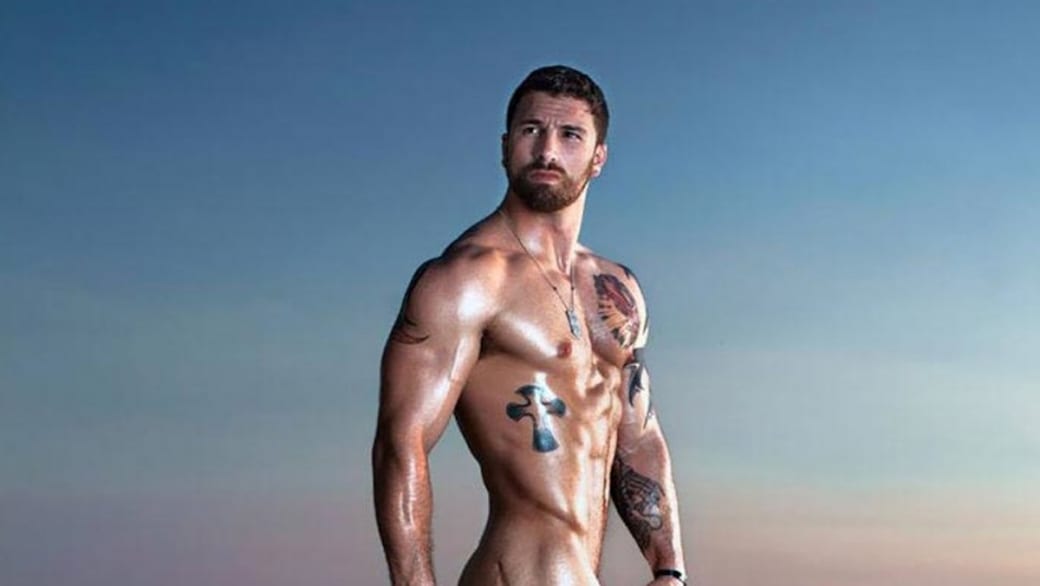“Truth hurts,” they say. They’re wrong.
While the pleasures of a great story can change your mind, change your heart and change your life, queer people have always been best served by simply telling the truths of our lives. Through memoir, through history, through photographs, we resist the pressures of a heteronormative culture and say, yet again, “We’re here, we’re queer, get used to it!” Here’s 11 non-fiction books this year that enlighten as much as they entertain.
Gay Berlin by Robert Beachy

Anyone who thinks our gay rights battles in North America are largely won will have their eyes opened by this fascinating look at Germany in the late-19th and early-20th centuries, a time in which homosexuality was widely discussed and relatively accepted. Beachy covers the early advances in sex research, the glorious arts and culture scenes of the Weimar era, and the sudden, horrifying rise to power of a certain politician who destroyed it all.
Dirty River by Leah Lakshmi Piepzna-Samarasinha

Subtitled “a queer femme of colour dreams her way home,” this bold and nourishing memoir celebrates brown girls as they should, but also speaks to anyone who’s ever escaped trauma, argued with family, faced oppression, danced in Toronto clubs, shivered at a bus stop in mid-winter, cooked a great meal, longed to express themselves or laughed with friends.
No House To Call My Home by Ryan Berg

A soulful reminder of why the gay-rights movement matters, Berg introduces us to eight homeless queer kids in New York City, driven out by homophobic parents and seeking sanctuary in a group home. “You only care ’cause you’re paid to,” Berg is told at one point but his book more than proves otherwise, while acknowledging that, in trying to build new lives for themselves with little support, these kids are heroes too.
Neurotribes by Steve Silberman

Gay journalist Steve Silberman wrote an article for Wired magazine over a decade ago about the growing “epidemic” of autism but the more people he interviewed, the more troubled he became with the way we frame discussions of “neurodiversity” as disease. His award-winning new book NeuroTribes is a kind of mea culpa, as Silberman charts the history of autism and discovers fascinating stories of unusual but brilliant thinkers, while finding eerie parallels between the mistreatment of queer people in the last century and that of autistic ones.
The Gay Revolution by Lillian Faderman

With apologies to the fantastic collection of historical essays The Right Side of History: 100 Years of LGBTQI Activism, Faderman’s book is the year’s best summary of the American gay rights movement. It’s presented almost as a giant novel, a sprawling tale of the heroes and villains who shaped the course of queer freedom in America, with a central thesis (consistently proven) that we’ve only made progress when we’ve stopped infighting and worked together.
Sex is a Funny Word by Cory Silverberg and Fiona Smyth

The year’s best kids book has a surprising amount to teach adults too, as Silverberg tours through all the questions about sex and gender kids could have, while Smyth’s bright and funky illustrations give it all vibrant life. After a year of vicious debates about sex-ed in schools, here’s the book that definitively proves its worth in belonging on every school library shelf.
Always Loyal by Michael Stokes

A photographer with a bold eye and an apparent military fetish, Stokes has always found a way to get the world’s hottest army men in front of his camera. But with his recent work with Iraq and Afghanistan veterans like tattooed sensation Alex Minsky, Stokes’ work has become something truly important. Smashing stereotypes around disability, he presents the maimed bodies of vets as powerful and sexy, matching the heroic spirits of the men (and in this book, women) modelling for him.
Then and Now by Denise Benson

I’m often asked to recommend a book on the history of queer Toronto, like George Chauncey’s terrific Gay New York, but horrifyingly, there isn’t one. Until some TO historian writes it, this chunky collection of writer and DJ Denise Benson’s insightful columns on some of Hogtown’s most storied nightclubs makes a great head start. If you ever danced in a queer club or at an “alternative night,” this is a winding trip down memory lane.
Trans/Portraits by Jackson Wright Shultz

Sometimes, the best book is the simplest. Shultz here interviews about three dozen transgender Americans of varied ages, races, professions and sexualities and asks big questions about gender and acceptance. If you’ve met one trans person, you’ve met one trans person and, after a year of Caitlyn Jenner, this book is as vital as it is timely.
My Body is Yours by Michael V Smith

Alternately harrowing, hilarious and heroic, Smith’s memoir of growing up sissy will resonate with every gay boy forced to feel inadequate. Smith boldly and movingly unpacks his own messy history of how binge-drinking, park sex, writing and drag were the pleasures/compulsions that got him through and in style.
“The facts added up far too neatly to ignore: I had a sexual addiction. It was really fucking shitty because I was already an alcoholic. I could handle that. But now I had to admit to being a sex addict too? Totally unfair.”
It’s Not Over by Michelangelo Signorile

A kind of bookend to Gay Berlin, journalist and Sirius Radio host Michelangelo Signorile’s latest look at modern-day queer America warns that we have not overcome. In examining anti-gay rhetoric in and around the power centres of New York, Washington DC and Los Angeles, Signorile shows that, while the fights for gay marriage or joining the army have been won, queer people in America are still on shaky ground and there’s still much to do. Bracing and inspiring.


 Why you can trust Xtra
Why you can trust Xtra


